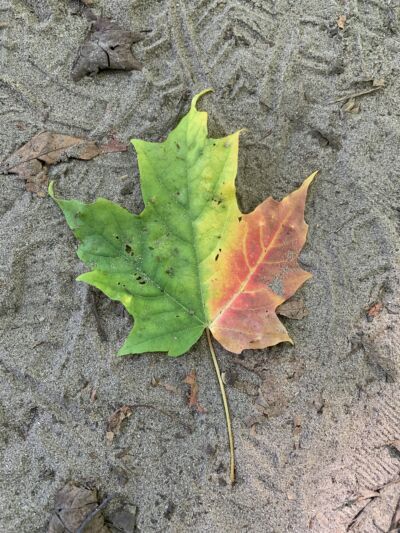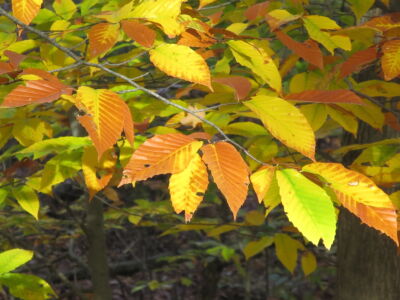The Hows and Whys of Fall Leaf Colour Change
October is the best month in the Thames watershed to go for a walk to see the fall colours in your local conservation area, park, or natural area.

But why do the leaves of deciduous (non-evergreen) trees and shrubs change colour? It is a bit complicated, but, in a nutshell, as the sunlight hours shrink, chlorophyll production in the leaves slows down and then stops. Eventually, all the chlorophyll is destroyed. Chlorophyll converts sunlight to food energy and is the pigment that gives leaves their green colour.
Once the chlorophyll is gone, orange and yellow pigments, called carotene and xanthophylls, begin to surface. The vivid reds come from pigments called anthocyanins which are manufactured from sugars in the leaf. The sugars are stored in the twigs for next spring when the leaves emerge again.
The quality and quantity of colour varies depending on weather, sunlight, and soil moisture. Climate change may produce more muted, delayed, or sporadic colour changes due to higher temperatures and more cloudy days that interrupts photosynthesis and sugar production.

Discover Upper Thames River Conservation Authority’s parks and natural areas: www.thamesriver.on.ca/parks-recreation-natural-areas.

